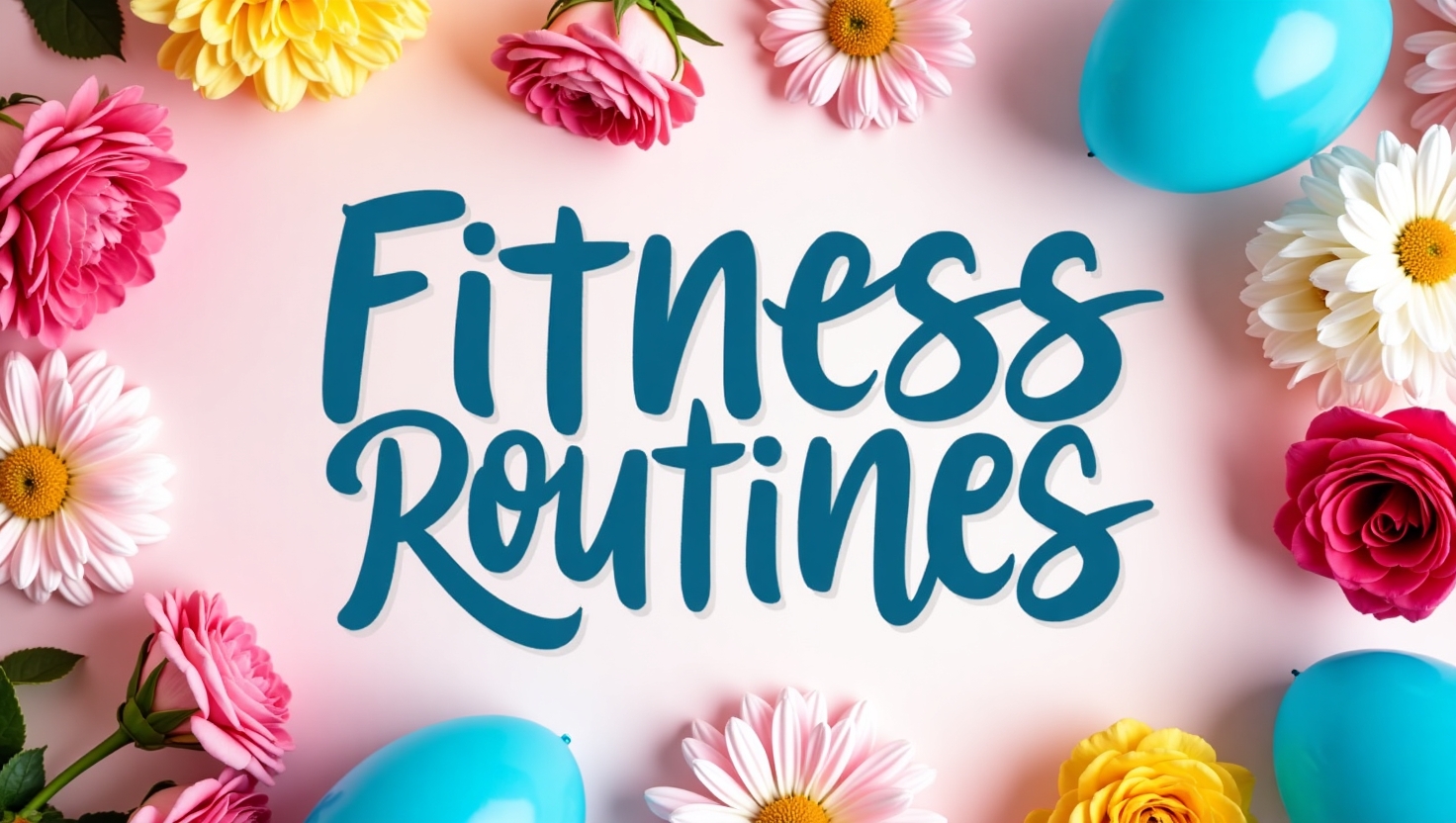In the world of professional athletics, success is founded on discipline, strategy, and most importantly—consistent training. Behind every medal, goal, or record-breaking moment lies a carefully planned fitness routine. Athletes across all sports undertake tough, specialized regimens to achieve and sustain top performance. These exercises are not simply about lifting weights or running laps—they involve strength training, endurance, flexibility, recovery, and mental conditioning. In this article, we analyze the workout routines of top athletes, what makes them efficient, and how you may adapt pieces of their practices into your own lifestyle.

### Why Fitness Routines Matter for Athletes
For athletes, fitness isn’t just about looking good—it’s about function, performance, and injury prevention. Their routines are designed to:
- Build explosive power and stamina * Enhance mobility and flexibility * Improve speed and agility * Strengthen mental resilience * Reduce the risk of injuries Each sport demands specific physical qualities. A sprinter’s regimen looks significantly different from a swimmer’s or a footballer’s. However, there are basic foundations all athletes follow.
### 1. Structured Strength Training
Strength training is a crucial component of any athlete’s fitness routine. Whether it’s Olympic weightlifting or bodyweight workouts, improving muscle strength benefits athletes:
- Improve total power * Maintain joint stability * Enhance performance under physical stress Routine example:
- 3–4 sessions per week * Compound activities like squats, deadlifts, bench press * Plyometrics (jumping drills) for explosive power * Resistance band training for functional strength Athletes often work with strength coaches who adapt their routines based on season, sport, and personal goals.
### 2. Cardiovascular Conditioning
Endurance and cardio training help athletes sustain high levels of activity over time. Whether they are jogging on the field or swimming in open water, a robust cardiovascular system is crucial.
Cardio exercises include:
- Interval running or sprint drills * Long-distance cycling or swimming * HIIT (High-Intensity Interval Training) * Rowing or stair sprints Most athletes blend low-intensity steady-state cardio (LISS) with high-intensity training throughout the week.
### 3. Mobility and Flexibility Training
Mobility is sometimes underestimated by non-athletes, but for professionals, it’s important. Better flexibility leads to better movement patterns, faster recovery, and fewer injuries.
Common ways include:

- Dynamic stretching before workouts * Static stretching after training * Yoga or Pilates sessions * Foam rolling and massage therapy Many sportsmen, such as gymnasts or dancers, commit whole sessions simply to mobility practice.
4. Sport-Specific Drills and Functional Movements
Beyond basic fitness, players do sport-specific drills that simulate the motions they’ll perform in competition. This form of training builds:
- Muscle memory * Coordination * Tactical awareness Examples:
- A basketball player performs shooting and footwork drills * A tennis player focuses on reaction time and lateral movement * A boxer employs speed bags and shadow boxing Functional workouts like kettlebell swings, sled pushes, or agility ladders are also employed to imitate real-game scenarios.
5. Recovery and Rest
Recovery is equally as vital as training. Athletes realize that muscles grow and mend during rest, not during exertion.
Recovery tools include:
- Sleep: 7–9 hours per night * Ice baths or cryotherapy * Compression garments * Active recovery days (light walking or yoga) * Nutrition high in protein, carbohydrates, and hydration Some athletes also measure recuperation using wearable devices like WHOOP bands or smartwatches.
6. Mental Conditioning and Focus
Elite athletes don’t just train their bodies—they also train their minds. Mental toughness, attention, and emotional control are crucial under pressure.
Mental training practices:
- Meditation and mindfulness * Visualization techniques * Sports psychology sessions * Goal-setting and journaling For instance, Olympic athletes typically envision their routines or races to enhance confidence and reduce worry.
### Real-Life Athlete Routines
Let’s take a brief glance at the routines of some well-known athletes:
- Cristiano Ronaldo blends strength, cardio, agility, and recuperation programs regularly. His routine includes daily gym sessions, football training, and strict diet management.
- Serena Williams focuses on tennis-specific drills, cardio, core strength, and mobility work, along with recovery techniques like massage and stretching.
- Michael Phelps, at peak training, swam 6 hours a day and added weightlifting and dryland activities to boost performance.

How You Can Train Like a Athlete
You don’t need to be a pro to benefit from an athlete-style program. Here’s how to start:
- Create a weekly plan that includes strength, cardio, and flexibility.
- Warm up and cool down properly.
- Prioritize sleep and recovery.
- Fuel your body with nutritious meals.
- Set quantifiable goals and track your progress. Consistency is crucial. You may not be training for the Olympics, but adopting these behaviors can alter your health and performance.
Conclusion
The fitness routines of sportsmen are predicated on science, discipline, and determination. They train not only to perform but to prolong their professions and avert setbacks. While their schedules may be tough, the fundamentals behind their routines—strength, endurance, mobility, recovery, and mental focus—are valuable for everyone.
Whether you’re an aspiring athlete or just looking to get in shape, understanding and practicing these fitness concepts can lead to a healthier, stronger, and more focused version of yourself.



